Treat your baby’s taste buds with Ragi Milk Porridge for babies, which is not just yummy but also packed with the several nutrients of best health benefits!
Ragi milk is considered to be the best first food for babies as its packed with high nutritional value. Ragi or finger millet is very nutritious and is beneficial for overall growth and development of the baby. Rich in calcium, protein and iron, finger millet is gluten free and easily digestible, hence ragi porridge is considered traditionally as one of the best weaning foods. It was the first solid food my little one tasted at his Annaprashan ceremony once he completed 6 months of age.
To make Ragi Paal Koozh or Finger millet milk porridge, the first step is to extract milk from finger millet. Finger millet is rinsed and soaked overnight in water. Next day it is drained and blended in grinder jar with little water. Then it is strained through a muslin cloth to extract the ragi milk. This milk is then cooked to get the porridge of desired consistency. Ghee is generally added to the porridge while serving to the baby. For toddlers, you may add jaggery syrup to the porridge, but do not add jaggery to the porridge for babies under 1 year of age.
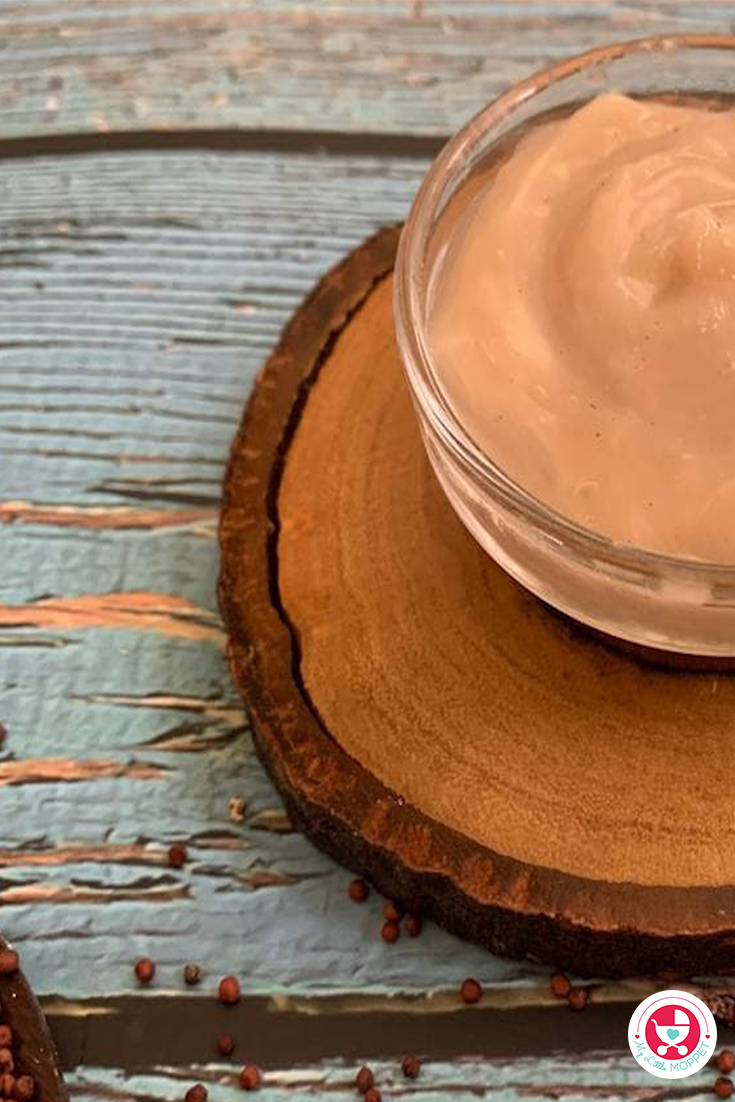
Ingredients:
- Ragi / finger millet – 1 cup
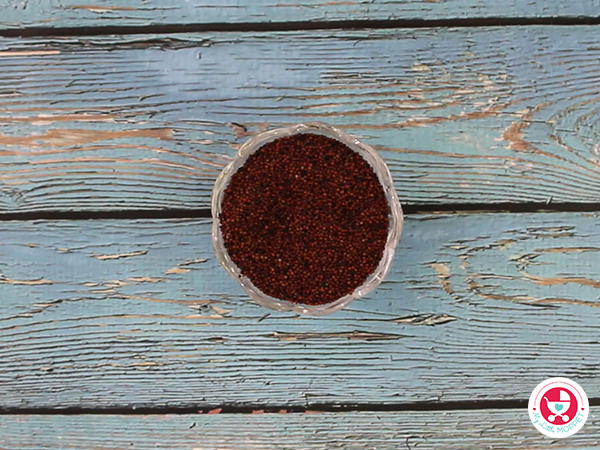
Method to extract Ragi Milk:
1. Take ragi in a bowl and add water to it. Rub it with fingers to remove husk. Discard the husk and rinse the ragi again and soak it in enough water. Keep the bowl covered overnight.

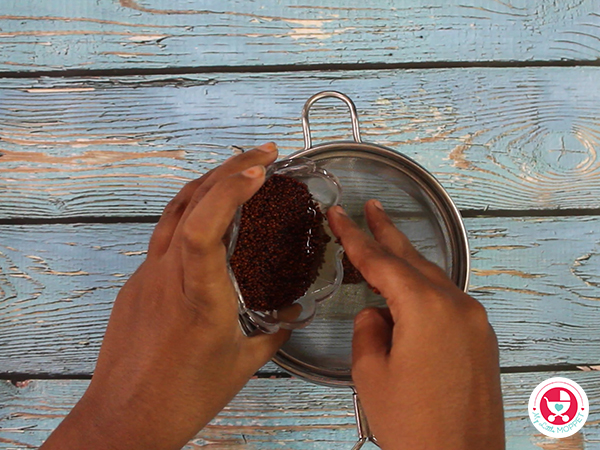
2. Next day discard the soaked water and rinse the ragi again (until you get clean water). Drain and transfer it to a grinder jar.
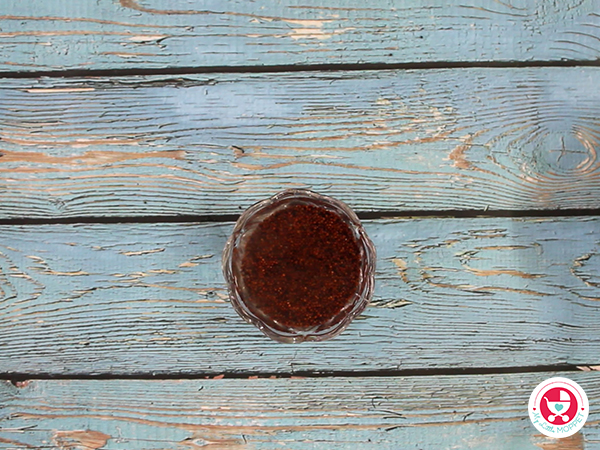
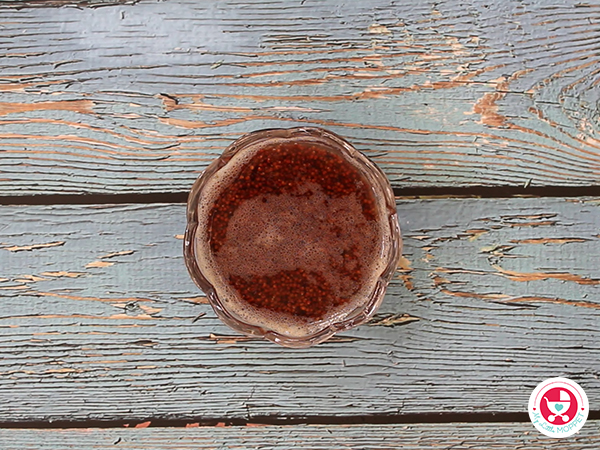
3. Pulse 2-3 time to crush the finger millet. Now add little water and blend again, until you get the milk from the millet.
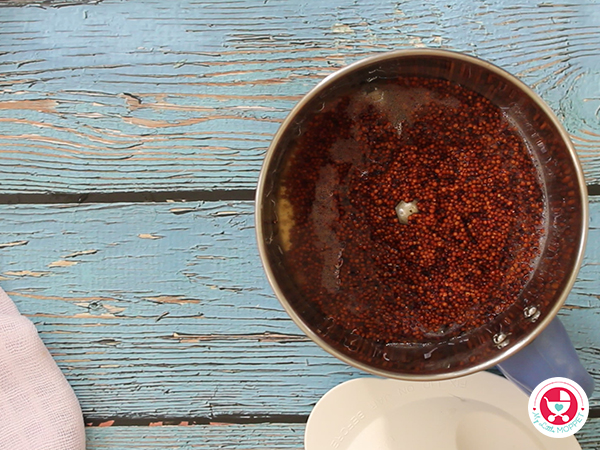
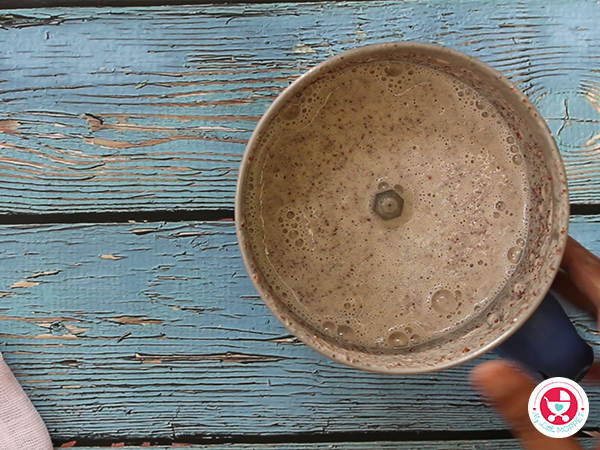
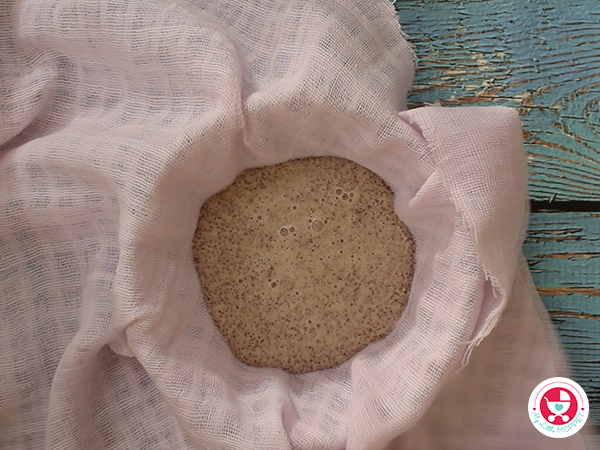
4. Strain the mix through a muslin cloth and extract as much ragi milk as possible.
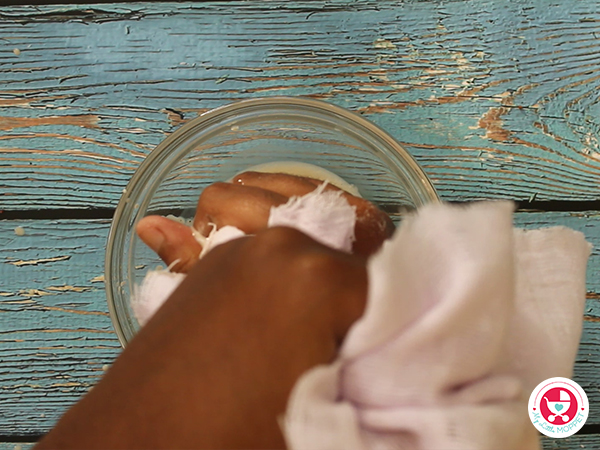
Method to prepare the ragi milk porridge:
1. Take ragi milk in a sauce pan. If it is very thick, dilute it with water.
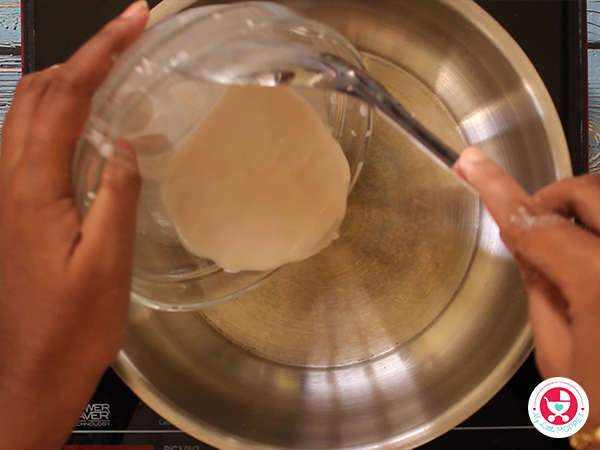
2. Cook it on low to medium flame while stirring continuously.
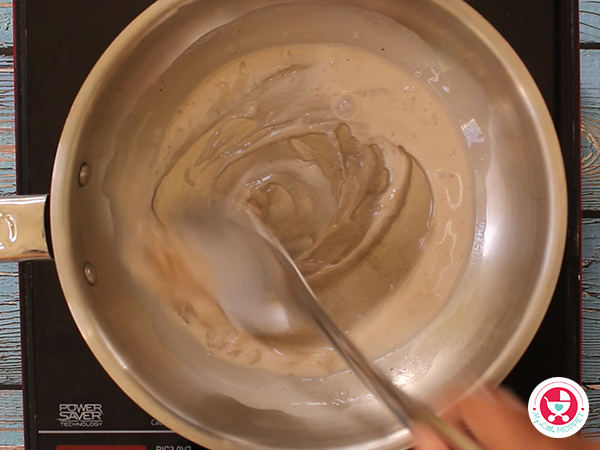
3. The ragi milk begins to thicken. Put off the flame once it is cooked and attains the desired consistency. The porridge further thickens on cooling, so adjust the cooking time accordingly.
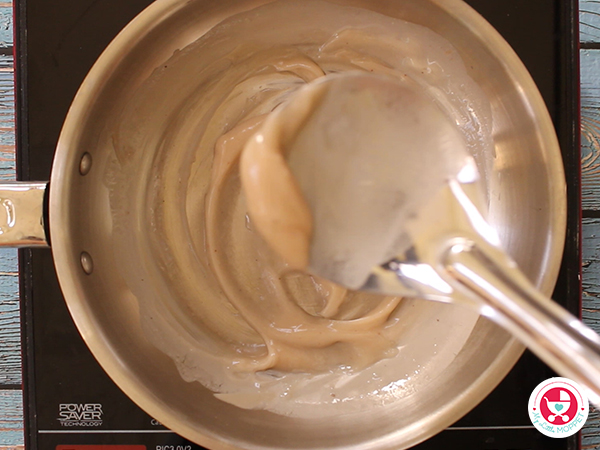
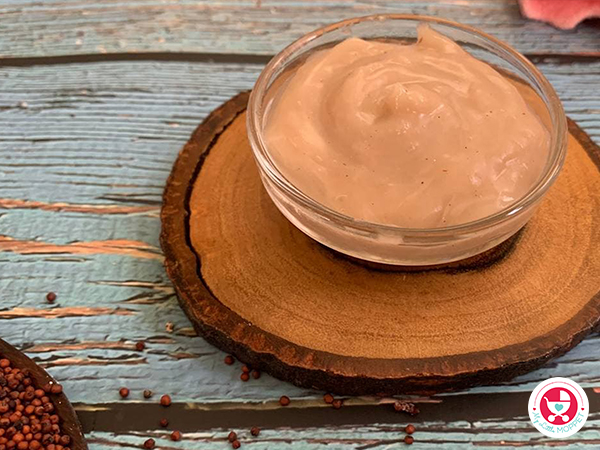
4. Add little ghee to the porridge while serving to the baby. Serve it while it is warm.
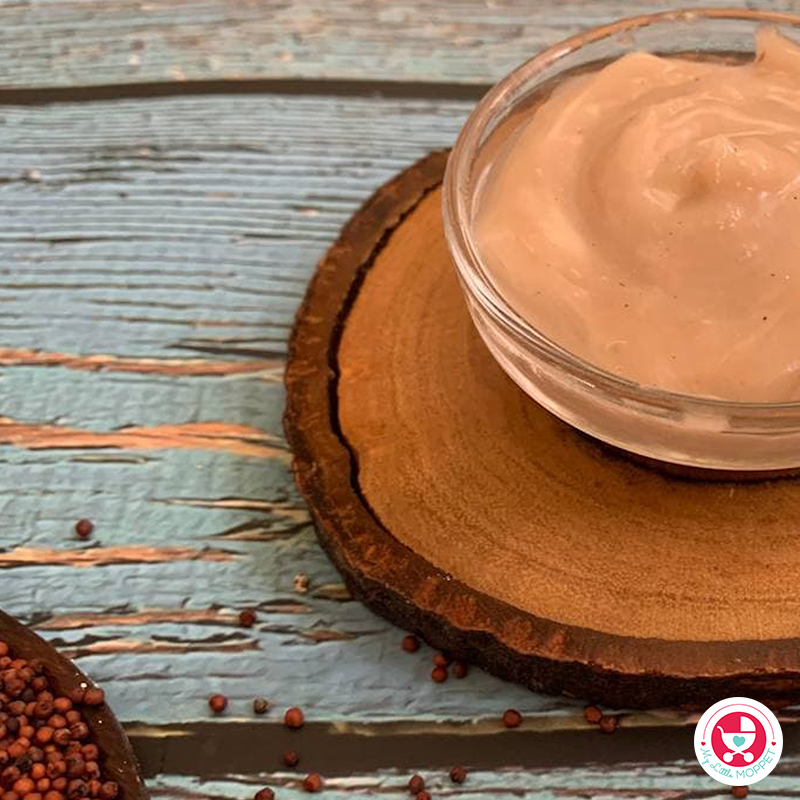
This recipe is suitable for babies above 6 months. You may extract ragi milk in bulk and sundry it and grind to make a powder of the milk. This ragi milk powder can be stored for a long time on refrigeration in an airtight container and used to make porridge as per need.
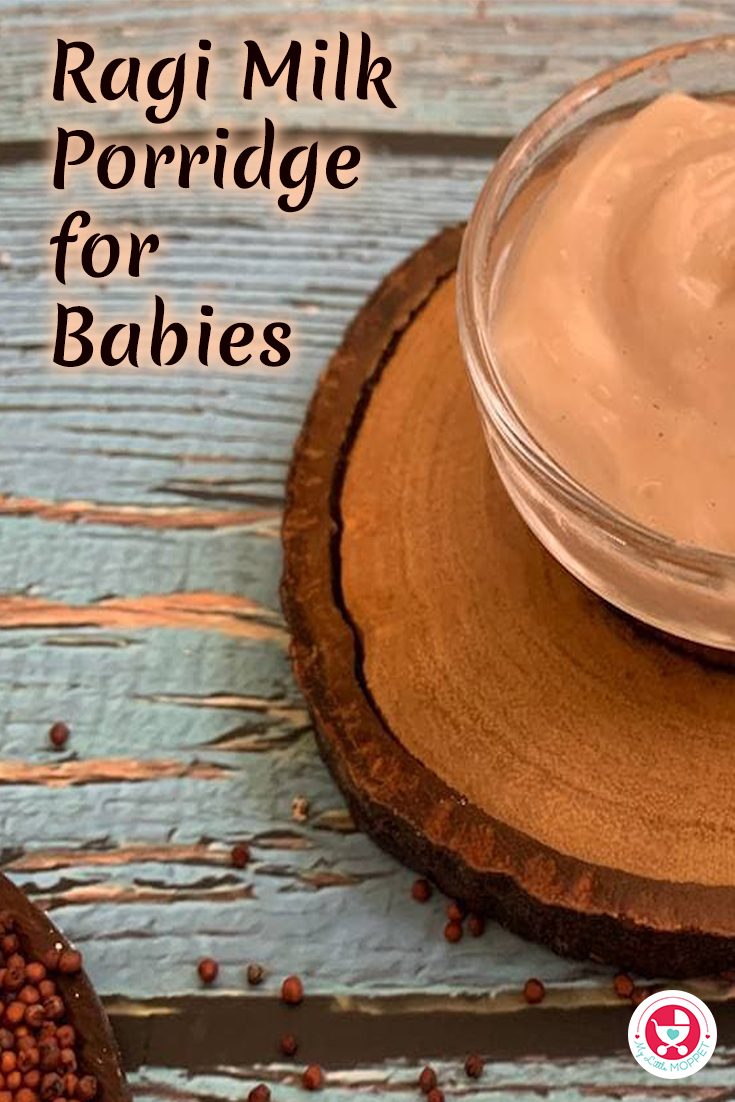
Ragi Milk Porridge for babies

Ragi milk is considered to be the best first food for babies as its packed with high nutritional value. Ragi or finger millet is very nutritious and is beneficial for overall growth and development of a baby.
Author: Hemapriya
Recipe type: Porridge
Cuisine: Indian
INGREDIENTS
- Ragi / fingermillet – 1 cup
METHOD
- Method to extract Ragi Milk
- Take ragi in a bowl and add water to it. Rub it with fingers to remove husk. Discard the husk and rinse the ragi again and soak it in enough water. Keep the bowl covered overnight.
- Next day discard the soaked water and rinse the ragi again (until you get clean water). Drain and transfer it to a grinder jar.
- Pulse 2-3 time to crush the finger millet. Now add little water and blend again, until you get the milk from the millet.
- Strain the mix through a muslin cloth and extract as much ragi milk as possible.
- Method to prepare the ragi milk porridge:
- Take ragi milk in a sauce pan. If it is very thick, dilute it with water.
- Cook it on low to medium flame while stirring continuously.
- The ragi milk begins to thicken. Put off the flame once it is cooked and attains the desired consistency. The porridge further thickens on cooling, so adjust the cooking time accordingly.
- Add little ghee to the porridge while serving to the baby. Serve it while it is warm.
- This recipe is suitable for babies above 6 months.
3.5.3251
Source: https://www.mylittlemoppet.com/ragi-milk-porridge-for-babies/
The content is owned by Dr Hemapriya. Visit site here for other valuable articles.

No comments:
Post a Comment